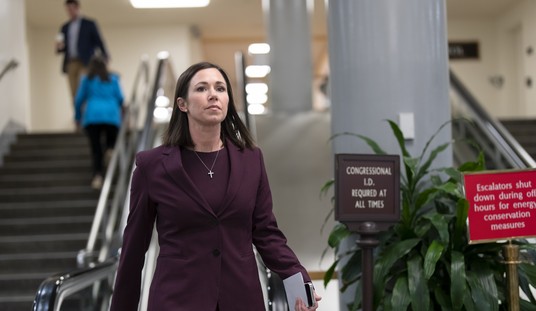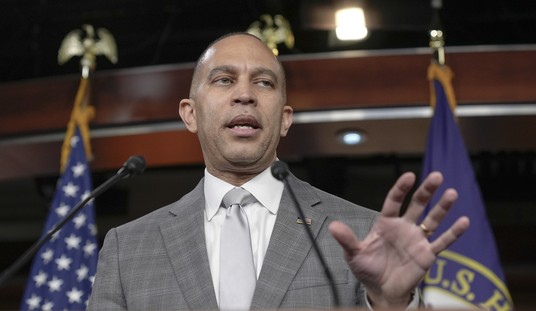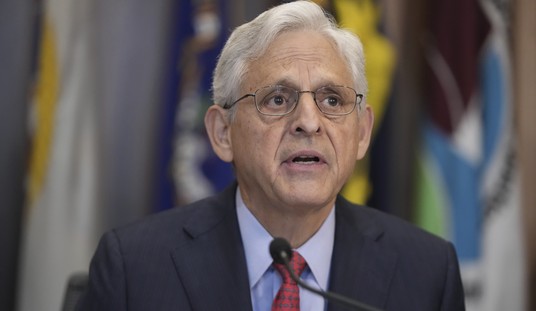I’m no economist, nor do I play one on TV. However, the argument about Keynesian vs. supply-side economic stimulus has fascinated me since the Good Ship Obama sailed in January. To free-marketeers and small-government adherents like myself, it seems intuitively obvious that reducing the taxes be handed over the government, allowing Americans to keep more of their own money, and reducing the amount that DC bureaucrats have to waste would be far more likely to stimulate the economy than growing an already-bloated government bureaucracy and incurring more unnecessary spending.
And…according to some new research data, we would be right. In yesterday’s WSJ, Michael J Boskin writes:
In a dynamic economy, many parts are moving simultaneously and it is difficult to disentangle cause and effect. Taxes may be cut and spending increased at the same time and those may coincide with natural business cycle dynamics and monetary policy shifts.
Using powerful statistical methods to separate these effects in U.S. data, Andrew Mountford of the University of London and Harald Uhlig of the University of Chicago conclude that the small initial spending multiplier turns negative by the start of the second year. In a new cross-national time series study, Ethan Ilzetzki of the London School of Economics and Enrique Mendoza and Carlos Vegh of the University of Maryland conclude that in open economies with flexible exchange rates, “a fiscal expansion leads to no significant output gains.”
My colleagues John Cogan and John Taylor, with Volker Wieland and Tobias Cwik, demonstrate that government purchases have a GDP impact far smaller in New Keynesian than Old Keynesian models and quickly crowd out the private sector. They estimate the effect of the February 2009 stimulus at a puny 0.2% of GDP by now.
By contrast, the last two major tax cuts—President Reagan’s in 1981-83 and President George W. Bush’s in 2003—boosted growth. They lowered marginal tax rates and were longer lasting, both keys to success. In a survey of fiscal policy changes in the OECD over the past four decades, Harvard’s Albert Alesina and Silvia Ardagna conclude that tax cuts have been far more likely to increase growth than has more spending.
(emphasis mine)
Boskin also reports that the a 2007 study by Christina and David Romer on tax-reduction-driven stimulus actually had it wrong:
Messrs. Mountford and Uhlig show that substantial tax cuts had a far larger impact on output and employment than spending increases, with a multiplier up to 5.0.
That’s $5 GDP growth for every $1 in tax cuts.
Even before the election, prominent economists such as Harvard’s Dr. Gregory Mankiw, saw the folly behind the New Keynesian theory. In late 2008, Mankiw summarized research done by several economists and described how the “fiscal policy multiplier”, which provides a relative measure of the impact of various stimulus mechanisms, was far higher (indicating greater economic stimulus effect) for tax cuts than for government spending. At that time, the Keynesian multiplier for governmental spending was estimated at somewhere between 1 and 1.4 – for each dollar spent by the government, GDP would increase by between $1.00 and $1.40. But for tax reduction, the report from the Romers showed a multiplier of around 3. And now we see it could be as high as 5:1.
If the Democrats only had listened. If they had simply taken a substantial portion of that $800B+ and applied even a portion of it to tax cuts instead of the wasteful pork-barrel spending on their Leftist pet causes, the impact on GDP could have been staggeringly positive…far better than the 0.2% GDP impact estimated by the economists in the WSJ.
Beyond the stimulus multiplier, a point often omitted from these discussions is the long-term cost to the economy of deficit spending. The Romer study found a dramatically negative effect from tax increases (up to 3% GDP decline for every 1% of increase). On this point, Boskin notes:
These empirical studies leave many leading economists dubious about the ability of government spending to boost the economy in the short run. Worse, the large long-term costs of debt-financed spending are ignored in most studies of short-run fiscal stimulus and even more so in the political debate.
Mr. Uhlig estimates that a dollar of deficit-financed spending costs the economy a present value of $3.40. The spending would have to be remarkably productive, both in its own right and in generating jobs and income, for it to be worth even half that future cost.
So not only is the “stimulus” not stimulative, when it employs deficit spending, it also incurs a substantial long-term cost.
He concludes his piece with this:
The complexity of a dynamic market economy is not easily captured even by sophisticated modeling (an idea stressed by Friedrich Hayek and Robert Solow). But based on the best economic evidence, we should reject increased spending and increased taxes.
If anything, we should lower marginal effective corporate and personal tax rates further
That is a message that conservatives have been preaching for years.
Jennifer Rubin summed the WSJ article up nicely:
In short, the White House and the Democratic-controlled Congress have been pursuing precisely the wrong approach: spending to no avail, and holding the prospect of tax hikes over the heads of employers and investors.
One final note – that last statement from Rubin warrants some additional thought – “holding the prospect of tax hikes over the heads of employers and investors”. Back in July, Thomas F. Cooley wrote:
The Bureau of Economic Analysis reports that U.S. corporations are sitting on $1.6 trillion in cash reserves, a record amount, because they are reluctant to expand in the uncertain policy environment. Even looking at the companies in the Standard & Poor’s 500 index of blue chips–and stripping out financials, which are required by regulators to keep large cash reserves in order to cushion against risk–the cash-on-hand number is a whopping $1.1 trillion. Would a more transparent, business-friendly environment turn that cash into investment and jobs?
Many signs point to “yes”. As long as businesses and individuals foresee a future of big increases in taxes and health care expense (my health care increased 25% next year, by the way…Thanks, Barack), they will not part with their money, which means little or no investment and little or no private sector job growth. A substantial reduction in taxes that provides a more robust economy and a measure of certainty will go a long way towards stimulating business investment and unleashing the billions that remain in the bank, awaiting a return to fiscal and political sanity in DC.













Join the conversation as a VIP Member